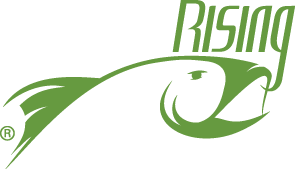Are you concerned about the environmental impact of fishing recreation? Sustainable aquaculture practices can significantly reduce that footprint. In this post, I'll discuss key elements such as innovative technologies driving sustainability and the certification standards that ensure high-quality practices. By reading on, you'll learn how implementing these practices not only supports environmental health but also offers economic benefits for the fishing community. Our focus on practical solutions will address your concerns about responsible resource management in the industry, helping you make informed choices for a greener future in fishing accessories and storage packs.
Understanding Sustainable Aquaculture Practices for Environmental Health
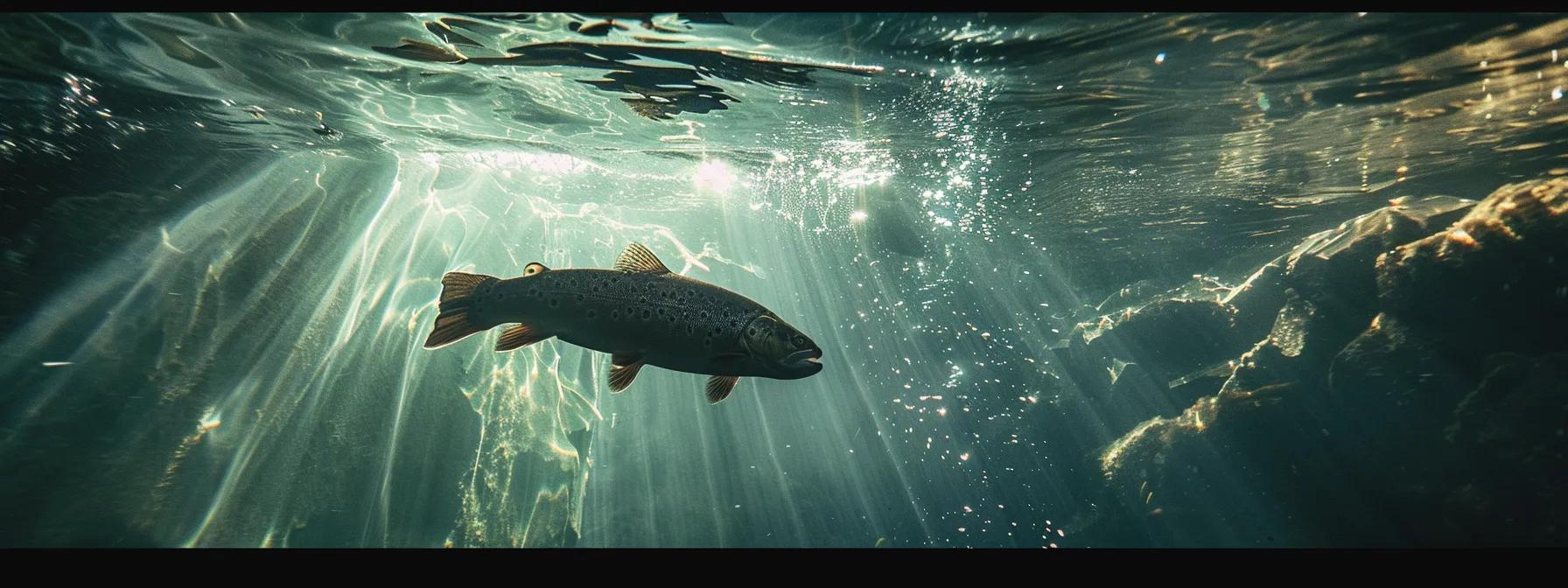
Understanding sustainable aquaculture practices is vital for promoting environmental health and addressing challenges like malnutrition, overexploitation, and rising fishing. In this section, I will explore how aquaculture plays a role in biodiversity conservation, methods for minimizing environmental impact, ensuring water quality in systems, and best practices for feed management including effective storage packs. Together, these topics highlight effective strategies for climate change mitigation while reducing plastic usage and enhancing hatchery performance.
Defining Sustainable Aquaculture Practices
Sustainable aquaculture practices focus on cultivating fish and seafood species in ways that minimize environmental risks while maximizing their benefits. By implementing integrated systems, such as tilapia farming alongside crops, we can effectively reduce nutrient pollution and waste production. These practices not only promote biodiversity but also ensure that we responsibly manage our natural resources for future generations, including fishing recreation and fishing accessories.
- Utilizing polyculture to maintain ecological balance.
- Adopting feed management techniques to minimize waste.
- Ensuring water quality through effective monitoring and treatment methods.
- Implementing species selection to enhance sustainability.
The Role of Aquaculture in Biodiversity Conservation
Aquaculture plays a pivotal role in biodiversity conservation by utilizing sustainable practices that protect and enhance our natural resources. By incorporating algae cultivation alongside fish farming, we can improve water resources and contribute to ecosystem health, offering a natural way to support nutrient cycling. Additionally, implementing traceability measures ensures that our aquaculture operations are transparent and responsible, allowing consumers to make informed choices that positively impact the climate and the environment:
- Integrating algae farming with fish aquaculture for balanced ecosystems.
- Addressing climate challenges through sustainable fish farming methods.
- Prioritizing natural resource management to protect biodiversity.
- Implementing traceability to promote ethical aquaculture practices.
Methods for Minimizing Environmental Impact
Minimizing environmental impact in aquaculture is crucial for both ecosystem health and long-term wealth generation. One effective method is integrating pest management strategies that emphasize natural predators, which helps maintain a balanced ecosystem service. This approach not only promotes healthy oxygen levels within aquatic systems but also aligns with responsible fisheries management practices, ensuring sustainable harvests for the future.
Ensuring Water Quality in Aquaculture Systems
Ensuring water quality in aquaculture systems is essential for both sustainable development and economic growth. By maintaining optimal water conditions, we can reduce the density of harmful pathogens and pollutants, which directly impacts fish health and productivity. For instance, integrating rice cultivation with aquaculture not only enhances water quality through natural filtration but also supports a dual cropping system that benefits local economies. This approach highlights the potential of offshore aquaculture as a viable option for future food production while promoting environmental sustainability.
Best Practices for Feed Management
Effective feed management is essential for maintaining optimal water quality and ensuring food safety in aquaculture systems. By carefully selecting ingredients, such as high-quality fish oil and cereals, I can enhance nutrient absorption and minimize waste from uneaten feed. This approach not only promotes the health of the organisms in my care but also reduces the environmental impact, allowing for more sustainable practices in fish farming:
- Prioritize high-quality ingredients to support fish health.
- Balance feed formulation to reduce waste.
- Monitor feeding strategies to optimize nutrient intake.
- Adapt feeding practices based on water quality data.
Sustainable aquaculture shapes our world, but it needs more than good practices. New technologies offer promise, pushing us closer to true sustainability.
Innovative Technologies Driving Sustainability
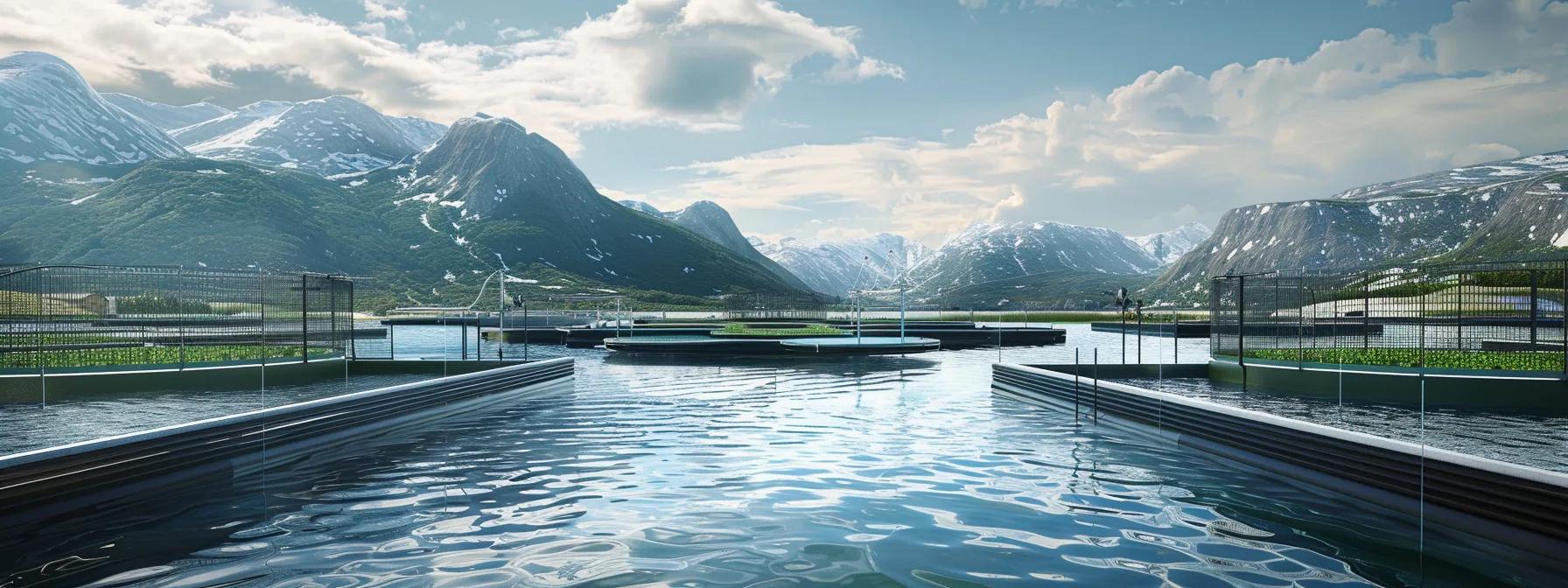
To foster a greener future in aquaculture, I focus on several innovative technologies that can drive sustainability. Recirculating aquaculture systems play a crucial role in minimizing water usage, while the integration of aquaponics enhances resource efficiency. New genetic techniques in breeding improve fish health and productivity, and exploring bioremediation solutions helps maintain water quality. Additionally, harnessing smart farming technologies allows for better data management, reducing the carbon footprint of fish processing and increasing income potential while boosting climate resilience.
Role of Recirculating Aquaculture Systems
Recirculating aquaculture systems (RAS) are game-changers in the quest for sustainability within the food industry. By reusing water multiple times, RAS dramatically reduces water consumption while providing a controlled environment that promotes fish health and growth. This innovative approach not only helps protect wild fisheries but also supports the cultivation of species like shrimp, contributing to biodiversity within our natural environments:
- Minimized water usage through efficient recycling processes.
- Better control over fish health, leading to higher productivity.
- Protection of wild fisheries by reducing the pressure on natural resources.
- Enhanced biodiversity by allowing for species diversification in aquaculture.
Integration of Aquaponics for Resource Efficiency
Integrating aquaponics into sustainable aquaculture not only maximizes resource efficiency but also enhances production capabilities. In my experience, combining fish farming with seaweed cultivation creates a balanced ecosystem where fish waste supplies essential minerals for the plants, while the plants purify the water for the fish. This synergy significantly reduces water consumption and supports mariculture efforts by offering an innovative way to cultivate diverse aquatic species while meeting the growing demand for nutritious food.
Use of New Genetic Techniques in Breeding
Utilizing new genetic techniques in breeding aquatic animals is essential for advancing sustainable aquaculture practices. These methods can lead to enhanced growth rates, improved disease resistance, and better feed conversion ratios, ultimately increasing harvest efficiency while ensuring regulatory compliance. For instance, by selecting strains that require less feed or exhibit higher resilience to environmental stressors, I can positively impact both the productivity of my operations and employment opportunities within the community as we grow more sustainable practices:
- Enhanced growth rates in selective breeding programs.
- Improved disease resistance among cultured species.
- Increased feed efficiency leading to better resource management.
- Strengthened community employment through sustainable practices.
Exploring Bioremediation Solutions
Exploring bioremediation solutions has become a game changer in sustainable aquaculture. By utilizing natural processes, we can effectively manage pollutants like pesticides and excess nutrients in water systems, significantly reducing greenhouse gas emissions. For instance, I have seen firsthand how integrating plants and microorganisms can break down harmful substances, enhancing water quality and supporting fish meal production—all while building capacity for local communities.
- Utilizing natural processes to manage pollutants.
- Reducing greenhouse gas emissions through sustainable practices.
- Integrating plants and microorganisms to enhance water quality.
- Supporting fish meal production while building community capacity.
Harnessing Smart Farming Technologies
Harnessing smart farming technologies is crucial for enhancing sustainable seafood production while ensuring optimal nutrition in aquaculture. For instance, I've integrated precision feeding systems in my carp cultivation, significantly reducing feed waste and improving fish health. Such innovative approaches not only support the culture of various aquatic species but also protect mangrove ecosystems by minimizing environmental impact and promoting responsible sourcing practices:
- Precision feeding systems to reduce waste and improve fish health.
- Utilization of data management tools for effective resource allocation.
- Integration of monitoring systems to enhance water quality and ecosystem protection.
- Support for sustainable seafood initiatives through responsible aquaculture practices.
As we embrace these new technologies, we must also consider what proves their worth. Understanding certification standards is crucial; they hold the key to trust and quality in sustainable practices.
Certification Standards and Their Importance
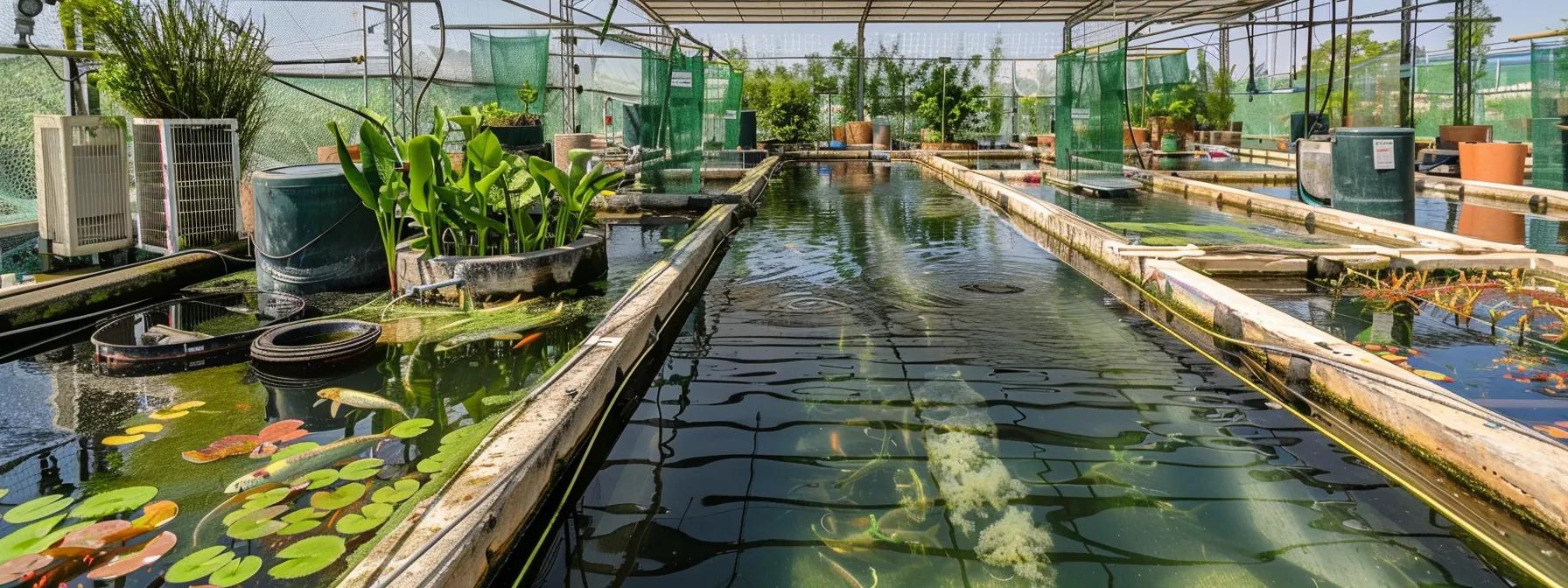
Certification standards play a crucial role in promoting sustainable aquaculture practices, providing an overview of leading sustainability certifications like those from the Global Aquaculture Alliance. I’ll cover the benefits of compliance for producers and consumers, share case studies showcasing successful certifications, discuss the challenges with achieving these standards, and highlight future trends in certification practices impacting ecology and water pollution. With insights into polyculture and export opportunities, we can drive our industry toward a greener future.
Overview of Leading Sustainability Certifications
Leading sustainability certifications are instrumental in promoting responsible practices within aquaculture, ensuring we meet the evolving standards set by organizations like the Food and Agriculture Organization. By adhering to these certifications, I can mitigate issues such as hypoxia and prevent algal blooms that threaten aquatic ecosystems and crustacean species. These standards not only enhance the quality of the products I offer but also contribute to healthier soil and ecosystems, driving the entire industry forward toward a more sustainable future.
Benefits of Compliance for Producers and Consumers
Compliance with sustainability certifications brings significant benefits to both producers and consumers. For producers, adhering to these standards not only demonstrates a commitment to environmentally friendly practices but also can enhance their marketability, as consumers increasingly seek products that support carbon sequestration and ecosystem health. For consumers, certified products offer assurance that they are supporting responsible aquaculture operations, which prioritize sustainable infrastructure and strive to minimize oil dependency in their processes, ultimately benefiting the environment and future generations.
Case Studies of Successful Certification
One notable case study that exemplifies successful certification in aquaculture comes from a farm that redefined its practices by adopting stringent sustainability standards. By focusing on genetics, they have enhanced their fish strains to be more resistant to disease, significantly reducing the need for chemical fertilizers. This approach not only alleviates the pressure on the local ecosystem but also helps in lowering carbon emissions associated with traditional fish farming methods, creating a more environmentally friendly operation.
Challenges in Achieving Certification
Achieving certification in sustainable aquaculture can present several challenges that require careful navigation. One major issue is the risk of eutrophication from nutrient runoff, which can compromise water quality and the overall health of marine ecosystems. In North America, ensuring biosecurity measures are in place is crucial to protect both farmed and wild populations from disease transmission. Furthermore, integrating species like caulerpa under sustainable development goals calls for rigorous adherence to best practices, which can be complex and resource-intensive:
- Understanding the impact of nutrients on aquaculture systems.
- Implementing effective biosecurity protocols.
- Meeting sustainable development goals in commercial operations.
- Navigating complexities of integrating diverse species like caulerpa.
Future Trends in Certification Practices
Future trends in certification practices for sustainable aquaculture will likely emphasize habitat conservation and the integration of multi-species systems, such as incorporating seaweed alongside trout farming. These developments aim to manage effluent more effectively, resulting in healthier aquatic ecosystems and decreasing environmental impact. As we move forward, ensuring that our practices align with sustainable agriculture principles will not only enhance biodiversity but also offer consumers products they can trust.
Certification standards build a solid foundation for responsible practices. This commitment not only strengthens trust but also unveils the economic rewards that follow smart, sustainable choices.
Economic Benefits of Sustainable Practice Implementation
Implementing sustainable aquaculture practices brings significant economic benefits that are hard to ignore. By focusing on cost savings through resource efficiency, I can optimize productivity and increase profit margins, especially in species like milkfish. There’s an increasing market demand for sustainably farmed meat, which opens doors to job creation and export growth while fostering community engagement and support.
Cost Savings Through Resource Efficiency
By focusing on resource efficiency in sustainable aquaculture, I can significantly reduce costs while promoting healthier practices within the fishing industry. For instance, cultivating caulerpa lentillifera not only enhances environmental sustainability but also minimizes the need for chemical inputs, cutting down on operational expenses and mitigating environmental degradation. This approach not only strengthens economic governance in our sector but also highlights our commitment to responsible aquaculture, benefiting both business and community welfare.
Market Demand for Sustainably Farmed Products
The market demand for sustainably farmed products continues to rise as consumers increasingly prioritize animal welfare and environmentally responsible practices. With a growing awareness of the importance of maintaining a healthy aquatic ecosystem, more people are choosing seafood sourced from farms that implement sustainable methods, reduce antibiotic use, and ensure high welfare standards for the aquatic animals. This shift not only benefits our populations by providing healthier food choices but also empowers farmers to invest in sustainable aquaculture practices that foster long-term success and ecological balance:
- Rising consumer awareness about animal welfare in aquaculture.
- Increased focus on maintaining a healthy aquatic ecosystem.
- Importance of reducing antibiotic use in fish farming.
- Long-term economic benefits from sustainable practices.
- Empowering farmers with choices that support ecological balance.
Creating Jobs in Sustainable Aquaculture
Creating jobs in sustainable aquaculture is an exciting opportunity that directly contributes to food security and responsible animal husbandry. As I work with diverse fish stocks and mussel cultivation in fresh water, I see firsthand how these practices create local employment opportunities that support community growth. By investing in sustainable methods, we not only enhance productivity but also empower individuals to thrive in a green economy, ensuring that fresh, healthy seafood is available for generations to come.
Potential for Export Growth in Sustainable Seafood
The potential for export growth in sustainable seafood is immense as the world increasingly prioritizes eco-friendly practices amid concerns about climate change and pollution. By adopting advanced fish farming techniques that utilize renewable energy sources, I can produce seafood that not only meets the growing global demand but also aligns with consumers' desire for healthy diets. Countries that invest in sustainable aquaculture can enhance their marketability, tapping into eco-conscious markets that value quality and environmental stewardship:
- Elevated market demand for sustainably farmed seafood.
- Investment in fish farming techniques using renewable energy.
- Consumer trends favoring environmentally friendly diet choices.
- Economic growth through export opportunities in sustainable practices.
Community Engagement and Support
Community engagement is critical for the success of sustainable aquaculture practices, as it fosters collaboration and support among local stakeholders. By involving community members in policy development, we can drive initiatives that ensure the efficient use of energy and resources while protecting our fisheries. This participatory approach encourages ongoing research into best practices and allows for the integration of terrestrial animal husbandry insights, leading to a holistic understanding of sustainable food production:
- Encouraging local participation in policy creation.
- Promoting efficient use of energy and resources.
- Facilitating ongoing research for best practices.
- Integrating knowledge from terrestrial animal husbandry.
Sustainable practices in aquaculture offer economic growth that is hard to ignore. To make this growth last, effective policies must guide the way.
Policy Frameworks Supporting Sustainable Aquaculture
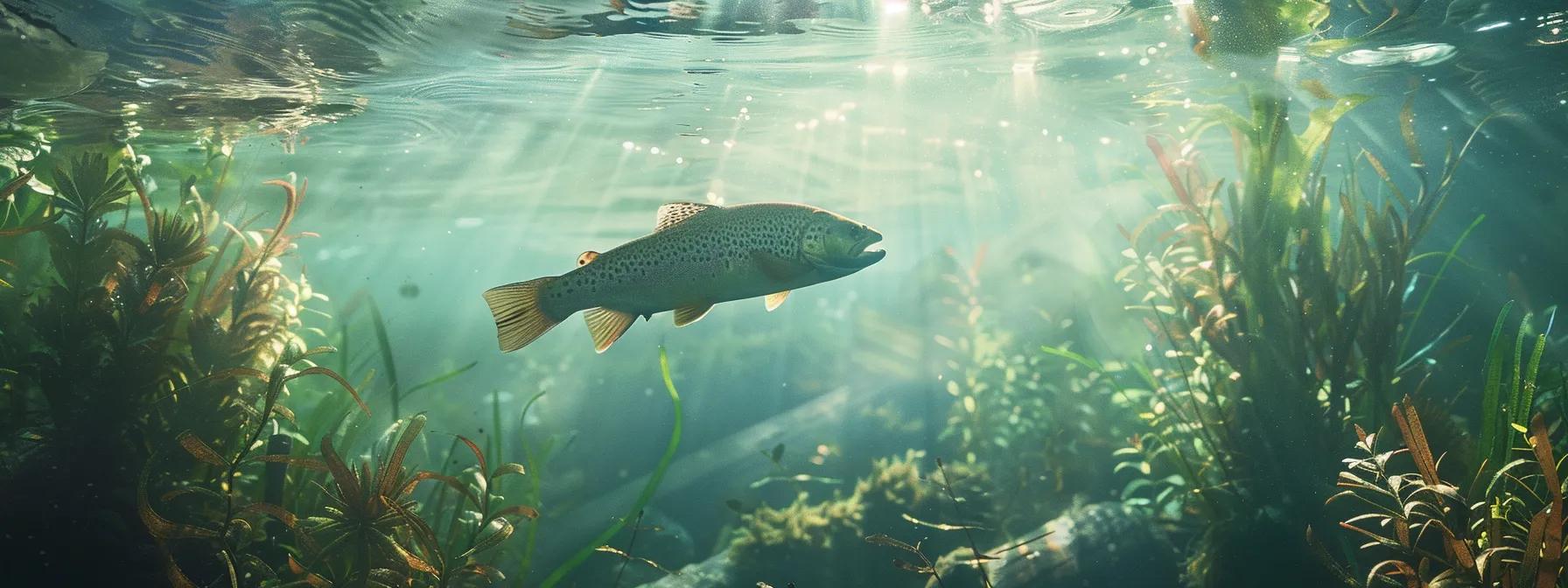
Current regulations play a fundamental role in shaping sustainable aquaculture practices, addressing nutrient management and reducing environmental footprints. I’ll discuss incentives that promote crop integration with aquaponics, highlight international agreements and collaborations that encourage responsible practices, and examine the essential role of NGOs in advocating for effective policies. Finally, I’ll look into future legislative trends that will influence the aquaculture landscape.
Review of Current Regulations
Current regulations play a key role in shaping sustainable aquaculture practices, ensuring that we minimize greenhouse gas emissions while maximizing productivity. For instance, establishing guidelines that encourage the cultivation of species like rainbow trout in ponds can help alleviate pressure on wild populations and promote responsible farming. By adhering to these regulations, consumers can be confident they are supporting eco-friendly aquaculture operations that prioritize environmental health and sustainability:
- Encouraging responsible farming techniques to reduce environmental impacts.
- Promoting the cultivation of rainbow trout to enhance ecological balance.
- Incentivizing pond systems that support sustainability and lower greenhouse gas emissions.
- Building consumer trust through compliance with strict regulations.
Incentives for Sustainable Aquaculture Practices
Incentives for sustainable aquaculture practices can significantly enhance the move towards environmental sustainability. By implementing policies that provide financial support for farms demonstrating responsible practices, we can see an increase in production efficiency, potentially reducing waste to as much as one tonne per operation. Supporting farmers with training and resources not only fosters community engagement but also creates a shared goal of sustainable growth in aquaculture:
- Financial support for eco-friendly aquaculture operations.
- Training programs to enhance sustainable practices.
- Community engagement initiatives that promote collaboration.
- Goals for reducing waste and improving productivity.
International Agreements and Collaborations
International agreements and collaborations play a crucial role in promoting sustainable aquaculture across the globe. As I engage with various stakeholders, I see how initiatives like the FAO Code of Conduct for Responsible Fisheries guide us toward practices that protect aquatic ecosystems while ensuring food security. By sharing knowledge and resources through these partnerships, we can tackle challenges such as overfishing and water pollution more effectively, ultimately paving the way for greener practices that benefit both the environment and communities reliant on aquaculture.
Role of NGOs in Policy Advocacy
Non-governmental organizations (NGOs) play a crucial role in advocating for sustainable aquaculture practices by raising awareness and pushing for policy changes that benefit both the environment and communities. Their grassroots involvement often brings together local farmers, scientists, and policymakers, fostering collaboration that is essential for developing effective regulations. For instance, I have witnessed firsthand how NGOs mobilize resources and support training for farmers on best practices, empowering them to implement systems that enhance environmental stewardship and ensure food security.
Future Legislative Trends
Looking ahead, I see future legislative trends focusing on enhancing environmental protection while encouraging sustainable aquaculture practices. This might include more stringent regulations on nutrient management and operational transparency, making it essential for aquafarmers like myself to adapt and innovate. By participating in ongoing discussions about these laws, I can actively contribute to shaping policies that promote responsible practices, ensuring a healthier ecosystem while meeting the growing demand for sustainably sourced seafood.
Policies lay the groundwork for a healthier future in aquaculture. Yet, with progress come challenges that demand creative solutions.
Challenges and Solutions for Sustainable Aquaculture
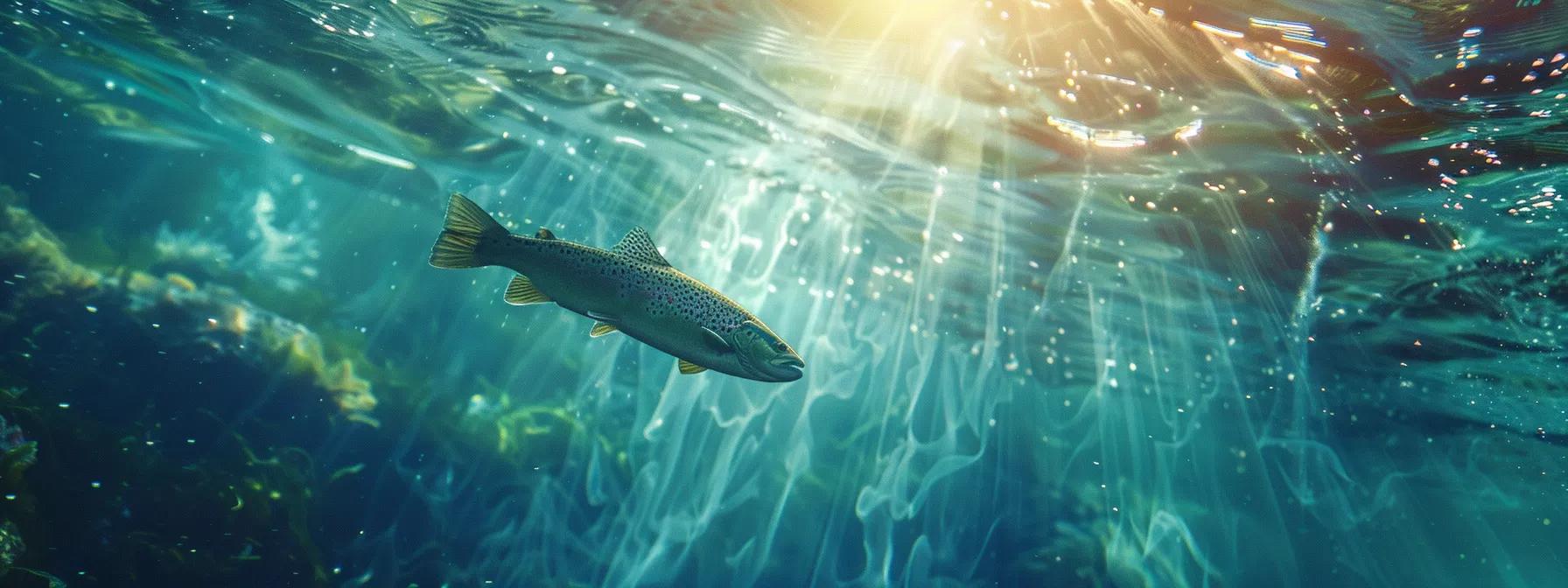
In sustainable aquaculture, addressing overfishing and habitat destruction is crucial for the health of our oceans. Tackling disease and biosecurity risks safeguards fish populations, while exploring climate change impacts helps us adapt our practices. Building resilience in aquaculture systems and leveraging community knowledge are vital steps toward long-term sustainability. Each of these topics will offer practical insights for a greener future.
Addressing Overfishing and Habitat Destruction
Addressing overfishing and habitat destruction is essential for creating sustainable aquaculture practices that benefit both our oceans and communities. I believe that using responsible fishing techniques, such as selective breeding and polyculture, can significantly reduce the pressure on wild fish populations while maintaining biodiversity. Combining habitat restoration projects, like replanting coastal mangroves, with aquaculture operations can also support local ecosystems and create healthier marine environments for future generations:
- Utilizing responsible fishing techniques to protect species.
- Implementing selective breeding to enhance fish populations.
- Creating habitat restoration projects alongside aquaculture.
- Promoting biodiversity conservation through sustainable practices.
Tackling Disease and Biosecurity Risks
Tackling disease and biosecurity risks in aquaculture requires proactive measures to protect both fish populations and the ecosystems we rely on. I prioritize implementing comprehensive biosecurity protocols, such as maintaining clean facilities and monitoring fish health regularly, to prevent outbreaks from spreading. By fostering a culture of awareness among my team and utilizing vaccines where applicable, I have seen how these strategies not only enhance fish health but also contribute to sustainable practices that benefit the entire aquaculture community:
- Regular health monitoring to catch potential issues early.
- Maintaining clean facilities to prevent disease transmission.
- Utilizing vaccines where applicable to enhance fish health.
- Fostering a culture of awareness among team members.
Exploring Climate Change Impacts
Exploring the impacts of climate change on aquaculture is crucial for developing resilient practices that ensure sustainability. I often see how rising water temperatures can lead to increased disease rates in fish populations, which can threaten both yields and profits. By implementing adaptive strategies such as selecting climate-resilient fish species and optimizing farming practices, we not only safeguard our operations but also contribute to the overall health of aquatic ecosystems, ensuring a greener future for sustainable aquaculture.
Building Resilience in Aquaculture Systems
Building resilience in aquaculture systems is essential for adapting to climate change and the challenges it brings. I focus on implementing adaptable farming techniques, such as rotating fish species and utilizing integrated systems that combine aquaculture with plant cultivation. By fostering biodiversity within my operations, I not only protect against potential losses due to disease or environmental changes, but I also ensure a more sustainable and productive ecosystem that can withstand future challenges.
Leveraging Community Knowledge and Practices
Leveraging community knowledge and practices is essential for advancing sustainable aquaculture. In my experience, collaborating with local fishermen, farmers, and researchers has provided invaluable insights that shape effective practices tailored to our unique environments. By sharing traditional methods alongside modern techniques, we can enhance our sustainability efforts and improve productivity while ensuring that everyone benefits from a healthier aquatic ecosystem.
- Engaging local fishermen for practical insights.
- Utilizing traditional methods in conjunction with modern practices.
- Fostering collaboration between farmers and researchers to enhance sustainability.
- Sharing knowledge to create a healthier aquatic ecosystem.
Conclusion
Sustainable aquaculture practices are essential for fostering a healthier planet and ensuring food security. By prioritizing resource efficiency and biodiversity conservation, we can significantly reduce environmental impacts while meeting increasing demand for seafood. Embracing innovative technologies and community engagement further enhances our ability to adapt and thrive in an ever-changing climate. As we move toward a greener future, these practices not only support ecological balance but also empower local economies and promote responsible resource management.
